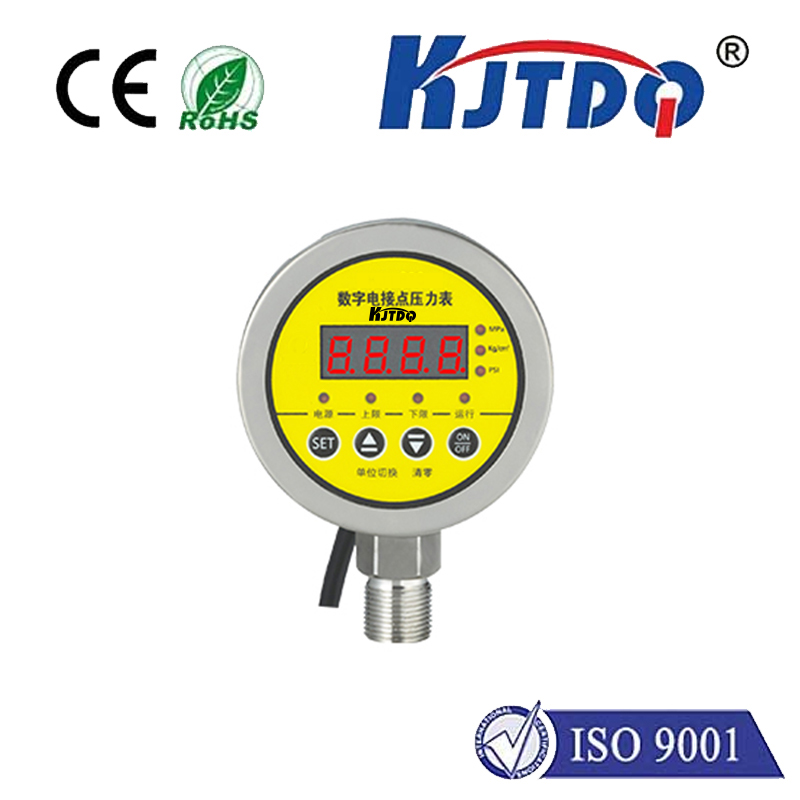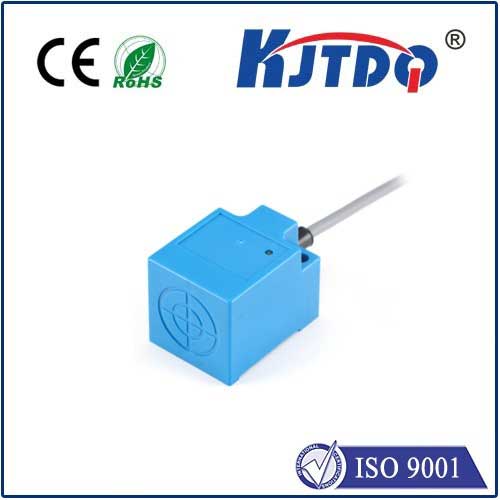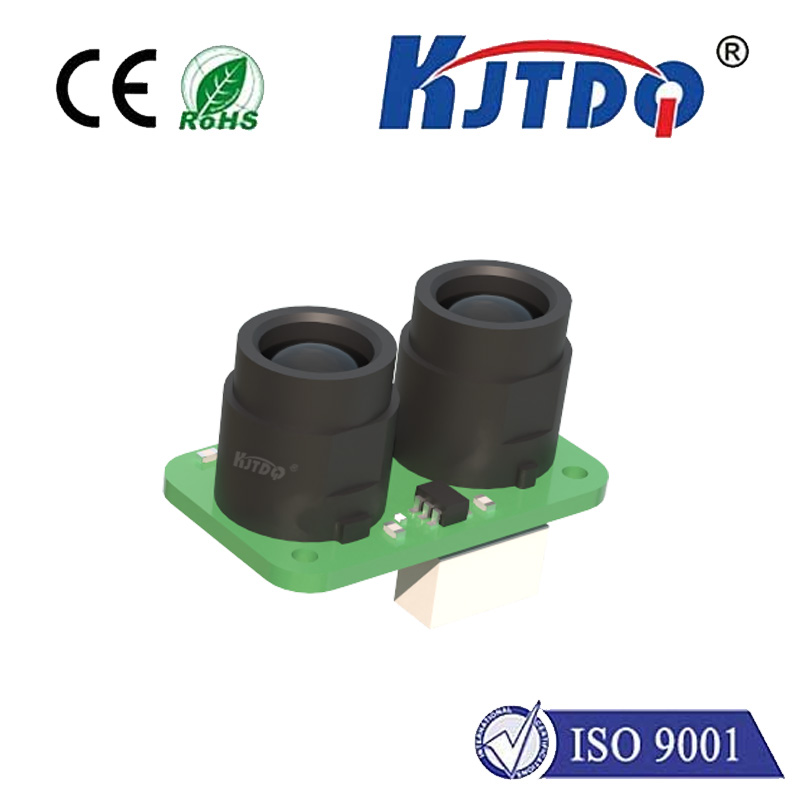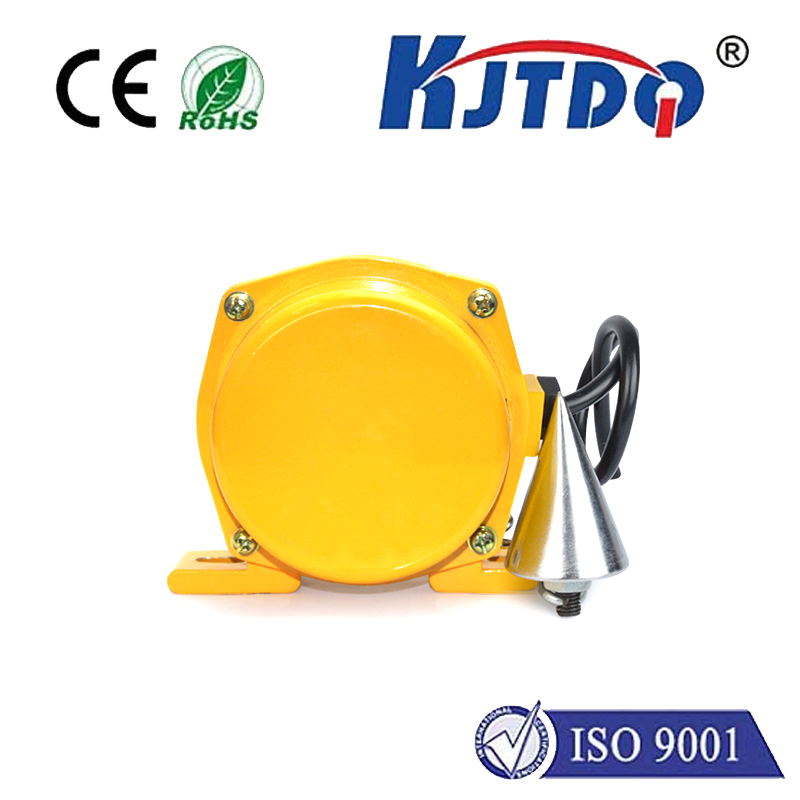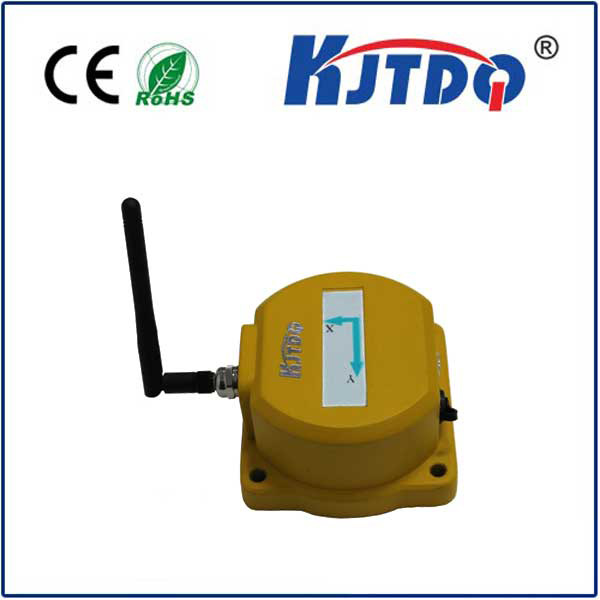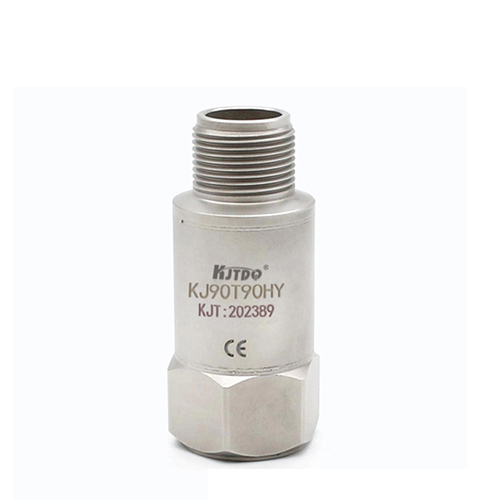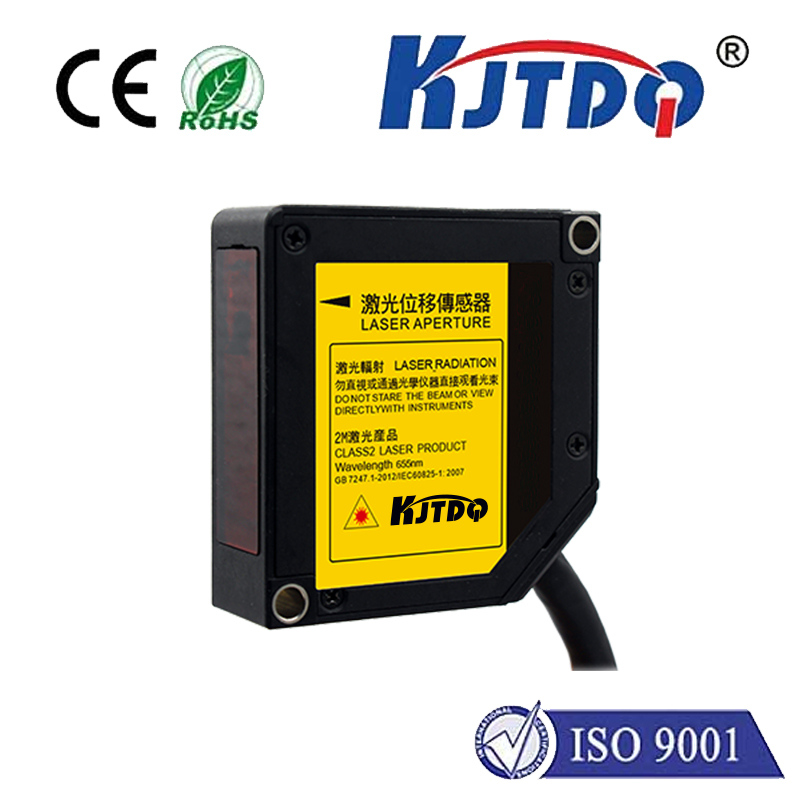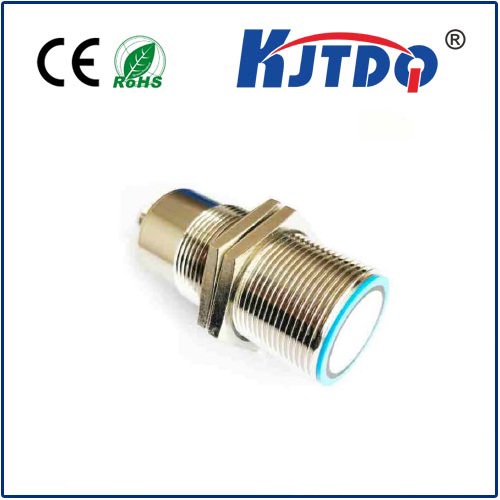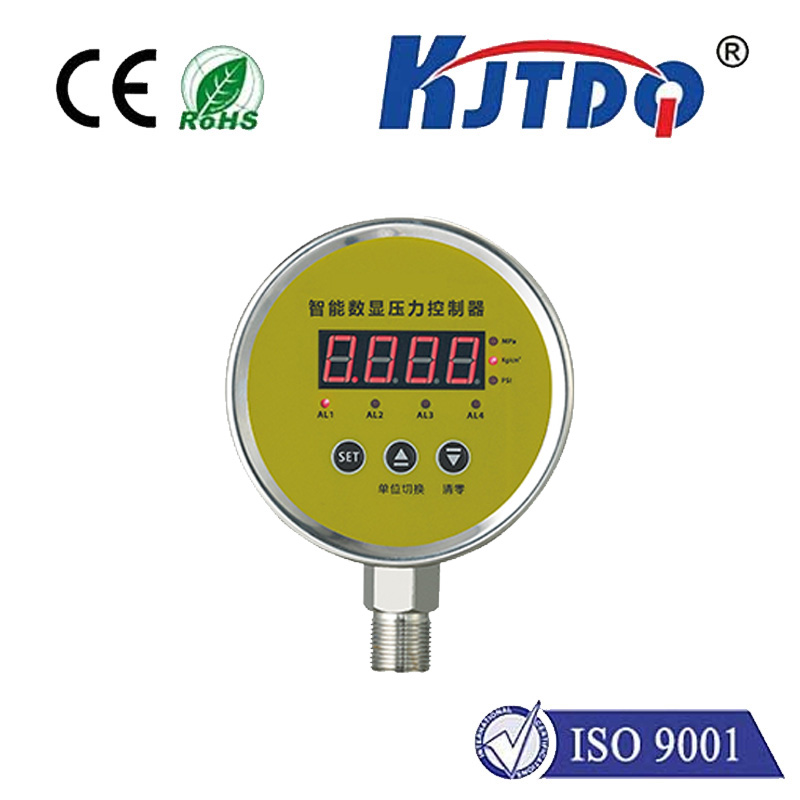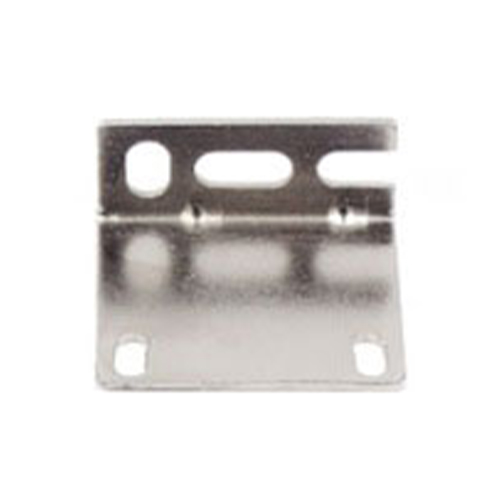

check

check

check

check

check

check

check

check

check

check

Title: Understanding the 5V Photoelectric Sensor: A Comprehensive Guide Introduction The 5V photoelectric sensor is an essential component in various industrial applications that require precise detection and measurement. It is a type of electronic sensor that uses light to detect the presence of an object or to measure a specific parameter such as distance, speed, or color. In this article, we will explore the features, working principle, and applications of the 5V photoelectric sensor in detail. Features of the 5V Photoelectric Sensor The 5V photoelectric sensor is characterized by its high sensitivity, fast response time, and low power consumption. It consists of two main components: the emitter and the detector. The emitter emits infrared radiation, which is then detected by the detector when it reflects off an object. The detector converts the reflected radiation into an electrical signal, which can be processed by a microcontroller or other electronic device. One of the key features of the 5V photoelectric sensor is its ability to operate at low voltage levels, making it suitable for use in battery-powered devices and other low-power applications. Additionally, it has a wide operating temperature range, making it ideal for use in harsh environments. Working Principle of the 5V Photoelectric Sensor The working principle of the 5V photoelectric sensor is based on the reflection of infrared radiation. When the emitter emits infrared radiation, it travels through the air until it hits an object. If the object reflects the radiation back towards the detector, the detector generates an electrical signal. The strength of this signal depends on the intensity of the reflected radiation and the distance between the object and the sensor. To ensure accurate detection, the 5V photoelectric sensor includes a built-in lens system that focuses the radiation onto a small area on the detector. This helps to minimize background noise and improve the sensor’s sensitivity and selectivity. Applications of the 5V Photoelectric Sensor The 5V photoelectric sensor has a wide range of applications in various industries, including automation, manufacturing, healthcare, and security. Some of its most common uses include:
